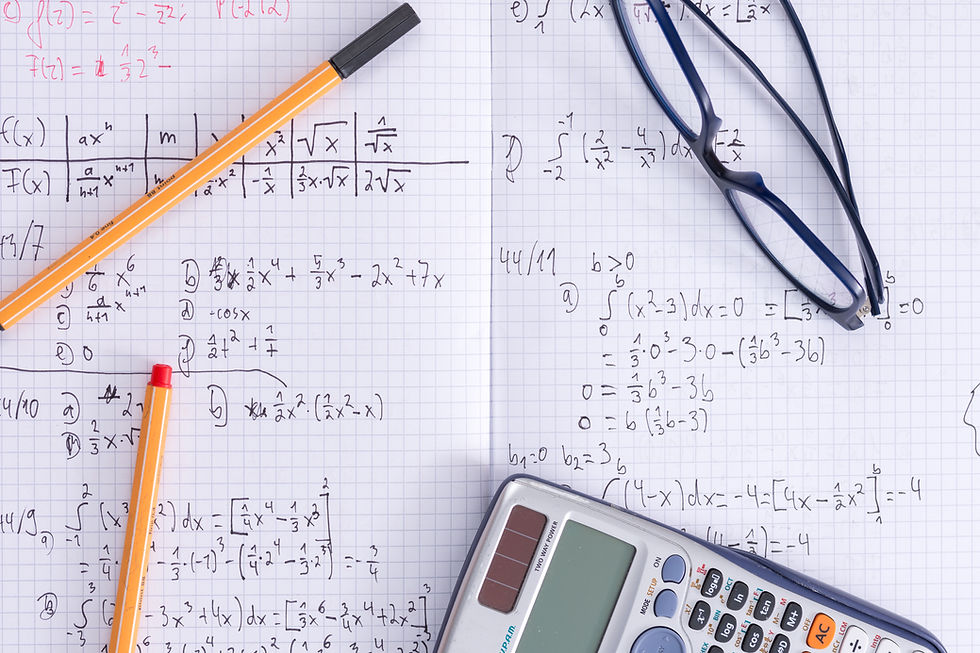Axioms of do-calculus for causality
- unclesam243
- Nov 17, 2020
- 1 min read

Axioms of do-calculus for causality - Judea Pearl
Rule 1 says when we observe a variable W that is irrelevant to Y (possibly conditional on other variables Z), then the probability distribution of Y will not change.
Rule 2 - if a set Z of variables blocks all back-door paths from X to Y, then conditional on Z, do(X) is equivalent to see(X). We can, therefore, write P(Y | do(X), Z) = P(Y | X, Z) if Z satisfies the back-door criterion.
**Note: This reminds me of a water / hydrological system metaphor. A simple water system works by creating a leak proof system. However, one leak and the system can become unstable. Likewise, researching the Z variables to ensure blocking all back door paths is necessary, but one unblocked back door path and do(x) causality becomes invalid. Bottom line, using axiom 2 to support causality has risk and requires much vigilance.
Rule 3 is essentially says that we can remove do(X) from P(Y | do(X)) in any case where there are no causal paths from X to Y. That is, P(Y | do(X)) = P(Y) if there is no path from X to Y with only forward-directed arrows. We can paraphrase this rule is follows: if we do something that does not affect Y, then the probability distribution of Y will not change.


Comments